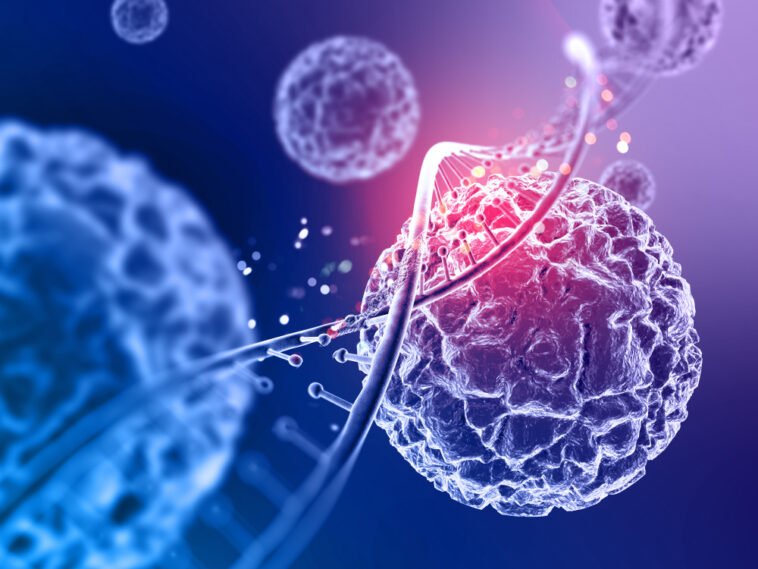Summary: OrthoID, a groundbreaking technique developed by interdisciplinary researchers, promises to revolutionize our comprehension of organelle communication within cells. It addresses limitations of traditional methods, offering unprecedented clarity in studying cellular processes crucial to health and disease.
Introduction: In cellular biology, the intricate interplay between organelles like mitochondria and the endoplasmic reticulum (ER) holds pivotal importance for cell function and health. Disruptions in this communication network contribute to various diseases, underscoring the need for comprehensive understanding. OrthoID emerges as a novel solution, elevating our ability to probe organelle interactions to new heights.
Innovative Technique: OrthoID distinguishes itself through its innovative approach, utilizing a synthetic binding pair alongside the conventional streptavidin-biotin system. This dual binding strategy unveils previously obscured aspects of organelle interaction, enabling researchers to identify a wider array of mediator proteins. Already, OrthoID has uncovered novel proteins like LRC59, shedding light on their roles within ER-mitochondria contact sites.
Flexibility and Adaptability: One of OrthoID’s standout features is its adaptability, allowing scientists to tailor their investigations of various organelle interactions. Professor Kimoon Kim of POSTECH underscores its modular nature, suggesting its potential extension beyond ER-mitochondrial studies. Similarly, Professor Kyeng Min Park from Daegu Catholic University School of Medicine emphasizes its versatility in research and therapeutic applications for diverse diseases.
Industry Overview: The biotechnology and pharmaceutical sectors increasingly prioritize cellular biology for disease understanding and therapy development. Organelle communication is particularly relevant, driving growth in the market for cell biology reagents and technologies. Forecasts indicate substantial market expansion, with North America, Europe, and Asia-Pacific regions leading the charge.
Market Forecasts: Market projections indicate robust growth, with the global market for cell biology reagents and instruments expected to reach billions of dollars by the decade’s end. North America and Europe lead this growth, while Asia-Pacific regions show rapid expansion due to increased investments in biotechnology and healthcare infrastructure.
Industry Challenges: Despite promising growth, the industry contends with challenges such as high costs, technical complexities, intellectual property rights, regulatory frameworks, and the reproducibility crisis in biological sciences. Addressing these hurdles is crucial for sustaining industry momentum and fostering innovation.
OrthoID’s Impact: OrthoID’s development marks a significant leap forward, offering a refined and versatile tool for dissecting organelle communication pathways. As diseases often involve disruptions in cellular processes, OrthoID’s detailed insights hold promise for identifying novel therapeutic targets. Continued research and development could pave the way for more targeted and effective treatments, addressing diseases that have eluded conventional approaches.
Conclusion: OrthoID’s emergence represents a paradigm shift in cellular biology research, enabling a deeper understanding of cellular dynamics and disease mechanisms. In the ever-evolving landscape of biotechnology, OrthoID and similar innovations play a pivotal role in advancing scientific knowledge and improving human health.


